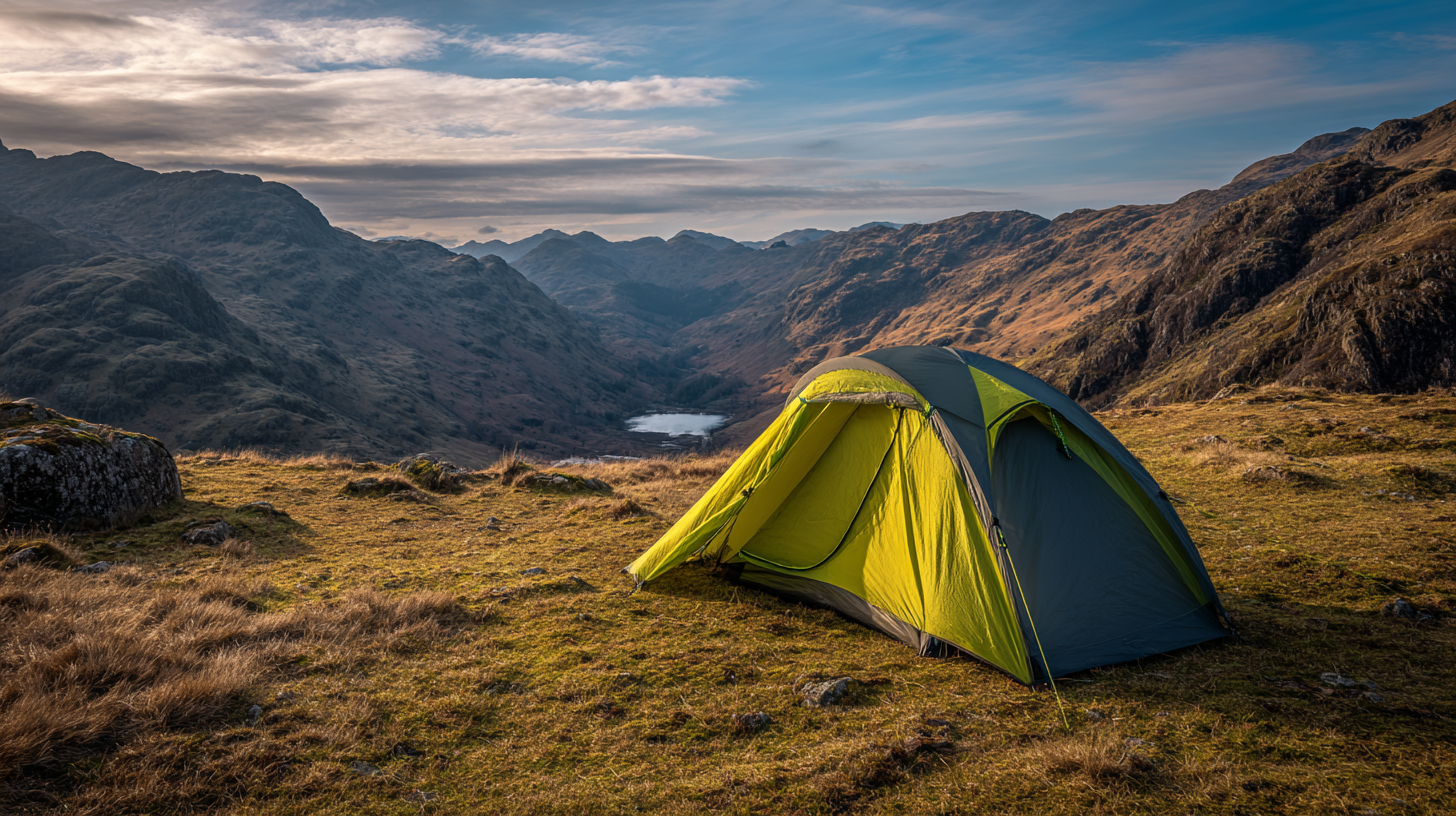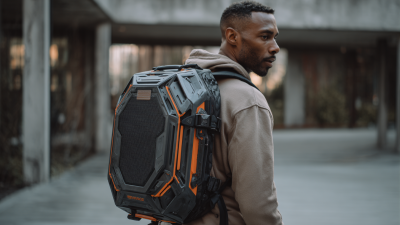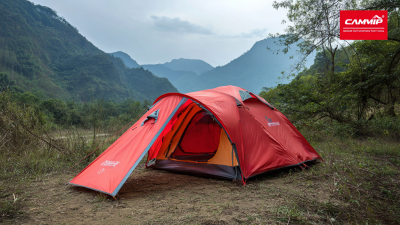Leave Your Message
-
E-mail
-
Whatsapp
As outdoor activities surge in popularity, driven by a 2022 report from the Outdoor Industry Association that noted over over 50% of Americans participated in camping or hiking, the demand for innovative camping gear has never been higher. Among the essential equipment, the "One Person Tent" stands out as a critical asset for solo adventurers seeking both convenience and comfort in their journeys. With advancements in materials and design, modern one-person tents are now lighter and more robust than ever, with an average weight reduction of 25% compared to those from a decade ago. This shift has made solo camping more accessible, allowing individuals to embrace wilderness exploration without the burden of heavy gear.
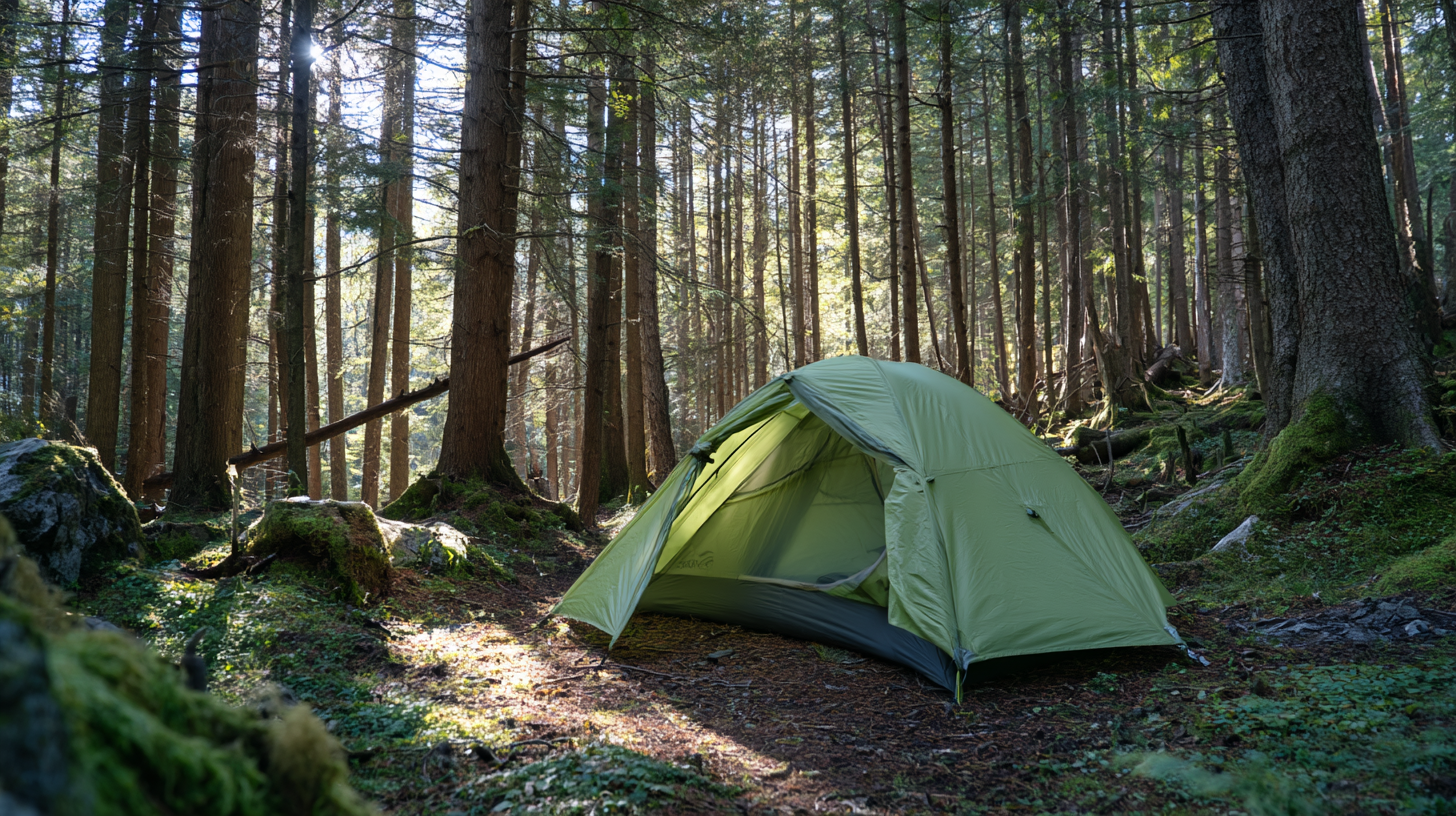
In this guide, we will delve into the features that make the ultimate one-person tent, providing essential tips for maximizing your camping experience while ensuring you’re well-prepared for your solo adventures.
When selecting the right one-person tent for your solo camping adventures, you must consider several key factors to ensure comfort and functionality. First, evaluate the tent’s weight and packed size, especially if you plan to hike to your campsite. Lightweight options facilitate easier transport, while a compact size allows for convenient packing in your backpack. Look for materials that offer durability against weather elements, such as waterproof fabrics and sturdy zippers, which contribute to a reliable shelter.
Next, assess the tent’s design and features. A good one-person tent should provide enough space for you to sleep comfortably while allowing for proper ventilation. Freestanding designs often offer ease of setup and adaptability to various terrains. Additionally, look for pockets and gear lofts that can help organize your items, making your camping experience more enjoyable. Don’t forget to check user reviews, as they can provide insights into real-world performance and reliability, ensuring you choose a tent that meets your solo camping needs effectively.
When selecting the ultimate one-person tent for solo camping, certain essential features can significantly enhance your outdoor experience. First and foremost, consider the tent's weight and packability. According to the 2020 Backpacking Light Survey, the ideal weight for a solo tent is under three pounds, making it easier for campers to hike long distances without being weighed down. Compact designs that can fold into a small size allow for efficient packing, which is crucial for minimizing strain during transport.
Another critical feature to examine is weather resistance. A tent's waterproof rating, often measured in millimeters (mm), should be at least 1500 mm for standard rain protection, with some high-end models exceeding 3000 mm. This data emphasizes the importance of choosing a tent that can withstand various weather conditions, ensuring comfort and safety during your camping adventures.
Additionally, ventilation and sturdiness in design are vital to both prevent condensation and endure wind. A well-ventilated tent reduces the risk of moisture buildup inside, while durable materials such as ripstop nylon can maintain structural integrity against harsh winds. As outdoor enthusiasts continue to seek lightweight and resilient options, focusing on these essential features will guide you in making an informed choice for your solo camping experience.
When embarking on a solo camping adventure, packing and carrying a one-person tent efficiently can make all the difference. According to the Outdoor Industry Association, nearly 40 million Americans go camping each year, with an increasing trend towards lightweight and compact gear. This shift is crucial for solo campers, who must balance the desire for comfort with the necessity of mobility. Choosing a tent that weighs less than 3 pounds and packs down to the size of a water bottle can enhance your hiking experience significantly.
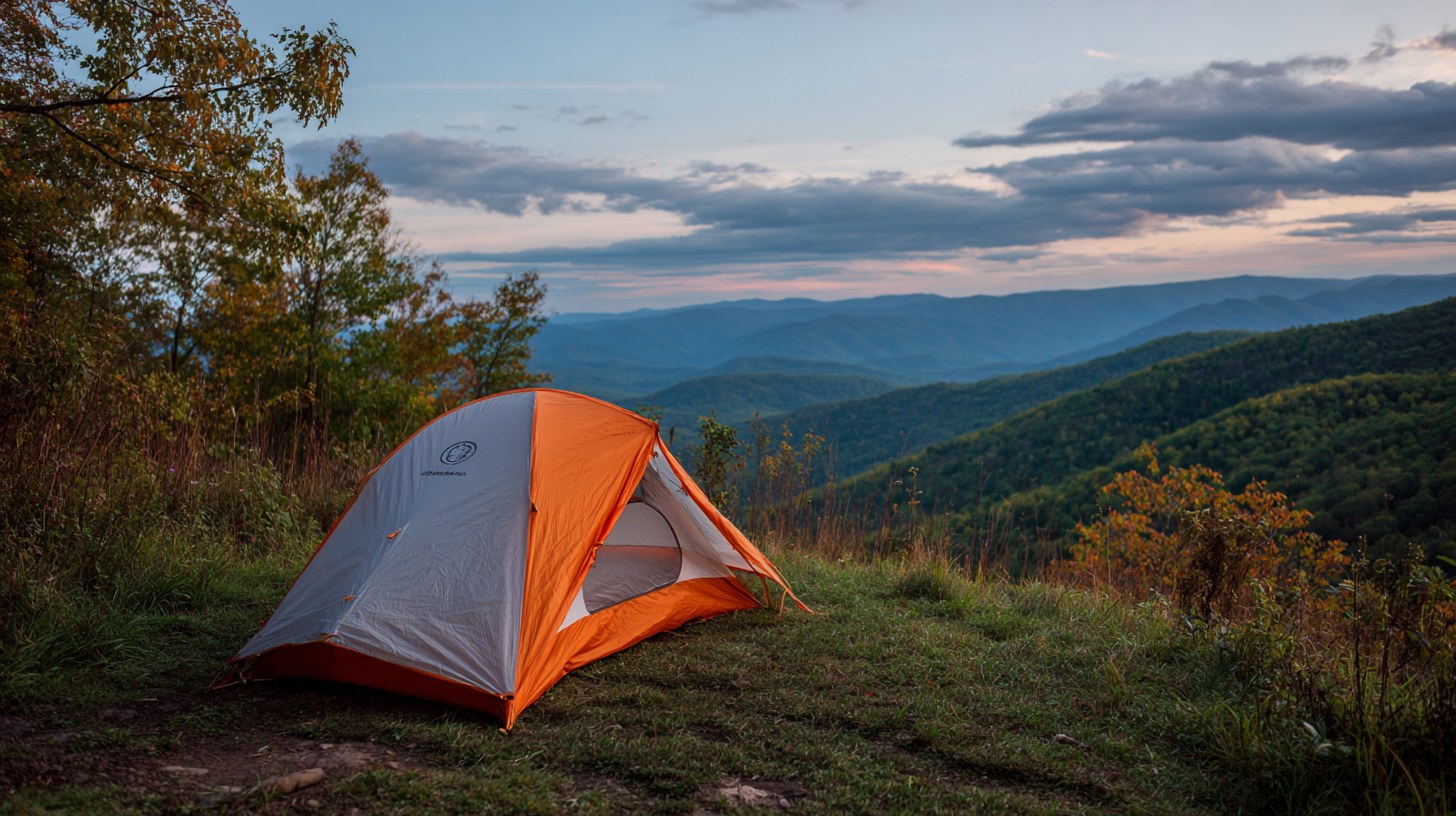
To optimize packing, consider using compression sacks to reduce the bulk of your tent and sleeping gear. Research from the American Camping Association indicates that a well-organized backpack leads to a more enjoyable outdoor experience, emphasizing the importance of strategic packing. Additionally, storing heavier items closer to your back improves weight distribution and stability on the trail. Take advantage of the space within your tent for items like clothing or a sleeping bag to maintain a streamlined pack. By mastering these packing techniques, you can embark on your solo camping journey with ease, allowing you to fully enjoy the tranquility of nature.
When setting up a one-person tent, understanding various environments is key to ensuring a successful camping experience. Different terrains, from sandy beaches to rocky mountains, require unique approaches to tent setup. In sandy areas, placing stakes might be futile; instead, using sandbags or weight can secure your tent effectively. For rocky terrains, consider using a footprint for extra protection and stability, as securing the tent with stakes can be challenging.
Weather conditions also significantly impact how you pitch your tent. In windy environments, orient the tent’s entrance away from prevailing winds to minimize resistance. Ensure your guy lines are taut, and utilize extra stakes to secure the tent. Additionally, during rainy conditions, choose a site with good drainage to prevent water pooling under your tent. Employing these tips will enhance your solo camping adventures, allowing you to focus on enjoying the great outdoors and making memorable experiences.
| Environment | Setup Tips | Recommended Features | Best Time to Camp |
|---|---|---|---|
| Forest | Choose a flat area, avoid low spots | Good ventilation, rainfly options | Spring and Fall |
| Desert | Set up in the early evening, avoid sandy areas | UV protection, ventilation | Fall and Spring |
| Mountain | Look for sheltered spots, avoid ridges | Stability, wind resistance | Summer |
| Beach | Anchor tent securely, avoid windy days | Sand-resistant, waterproof | Late Spring and Summer |
When it comes to solo camping adventures, maintaining your one-person tent is crucial for ensuring its longevity and performance. According to industry experts, tents are consumable goods that require proper care to extend their lifespan. Simple maintenance practices can make a significant difference in how well your tent withstands the elements while providing comfort on your solo trips.
To preserve your tent, always start by keeping it clean and dry. After each outing, shake off any dirt and debris, and ensure it is thoroughly dry before packing it away. Store your tent in a cool, dry place, avoiding areas with high humidity to prevent mold and mildew. Furthermore, it’s essential to use a footprint or groundsheet to protect the tent floor from sharp objects and moisture. Regularly checking seams and waterproofing treatments will help maintain its integrity, allowing you to focus on the enjoyment of your adventures rather than worrying about your gear.
